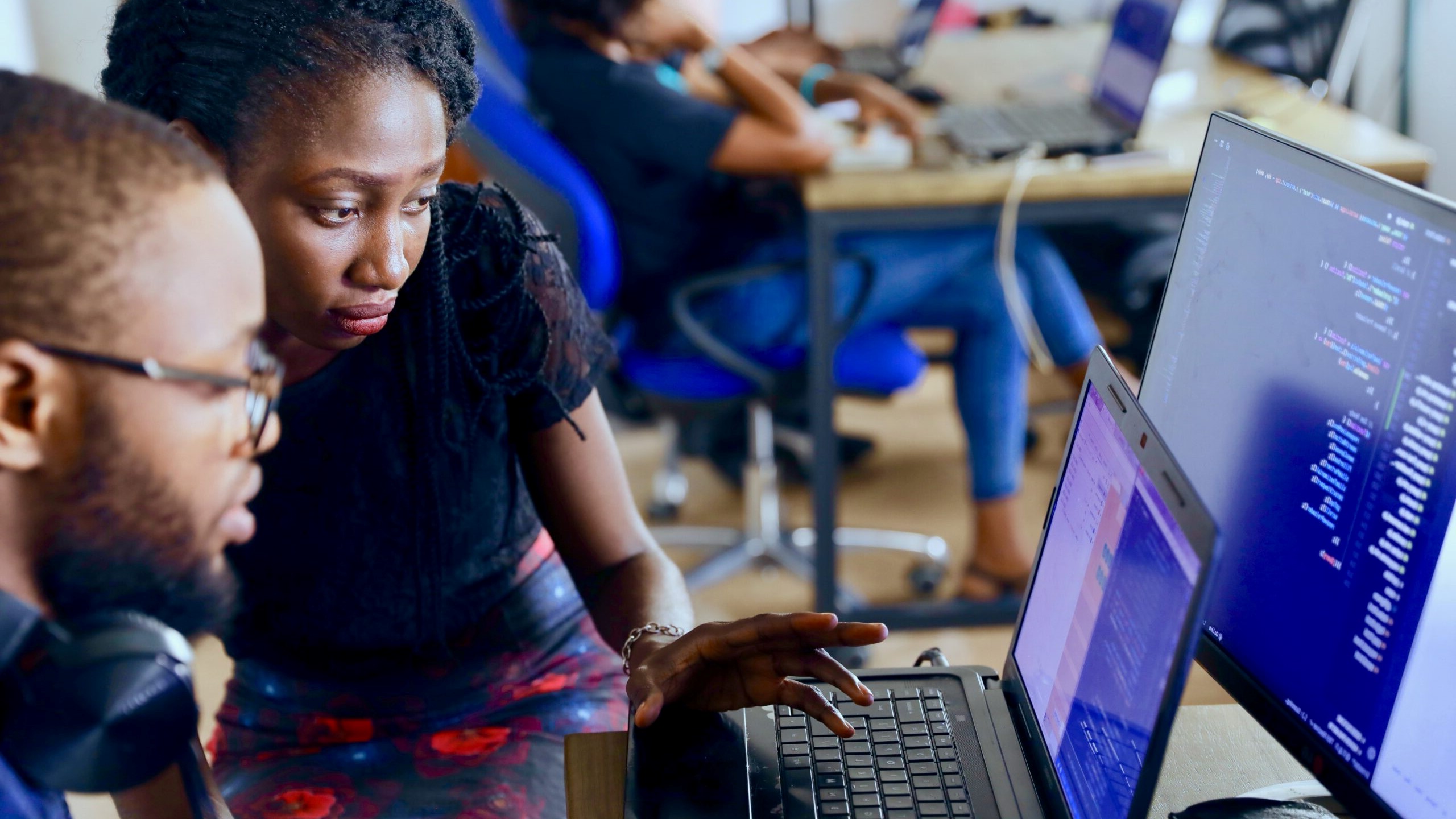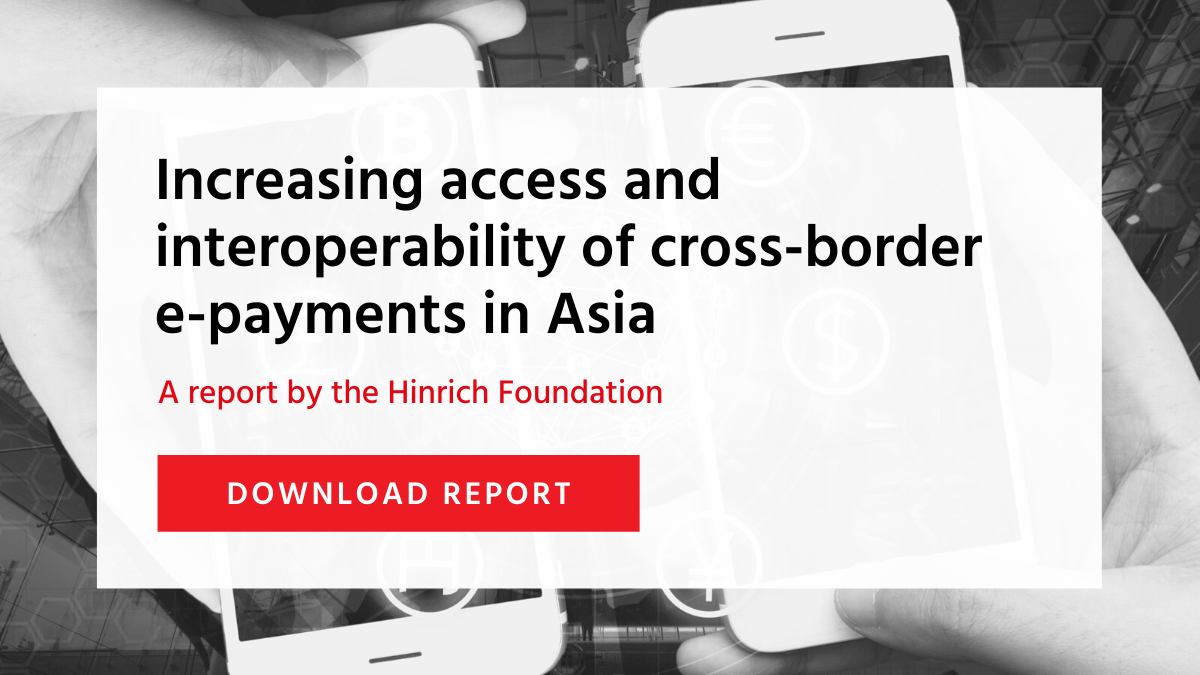Trade and technology
Fast-tracking blockchain use for interoperable and inclusive trade
Published 11 May 2022
Blockchain is maturing as a groundbreaking technology for world trade and takes us closer to an integrated, interoperable, and inclusive global trading system. As the next version of the internet emerges and the blockchain ecosystem evolves, the resulting less intermediated digital world could allow anyone to trade securely with anyone, anywhere, any time.
International trade will require deeper integration of markets, interoperability of players, and inclusion of small firms to continue growing. While advances in these areas are taking place, trade transactions remain replete with inefficiencies. The recent supply chain woes have highlighted the challenges of limited visibility, traceability, and interoperability in trade, and their costs to consumers, firms, and economies worldwide.
Disruptive technologies open new opportunities to alleviate these pain points. This primer by Kati Suominen of the Center for Strategic and International Studies highlights the potential for one such technology: blockchain. The paper reviews the evolution of blockchain use cases and addresses the challenges of duplicative efforts, limited traceability, poor interoperability, and risk of fraud in several areas: trade logistics, compliance, and finance as well as cross-border payments. This study also takes stock of the lessons learned from various blockchain pilot programs to roadmap a path for blockchain’s broader adoption and scaling.
In section two, this paper examines recent blockchain use cases in trade, experiences from proofs of concept and pilots, and emerging players and partnership models. Section three takes stock of the achievements to date, discusses next great opportunities for blockchain in trade, and the pending policy and deployment challenges.
© The Hinrich Foundation. See our website Terms and conditions for our copyright and reprint policy. All statements of fact and the views, conclusions and recommendations expressed in this publication are the sole responsibility of the author(s).






